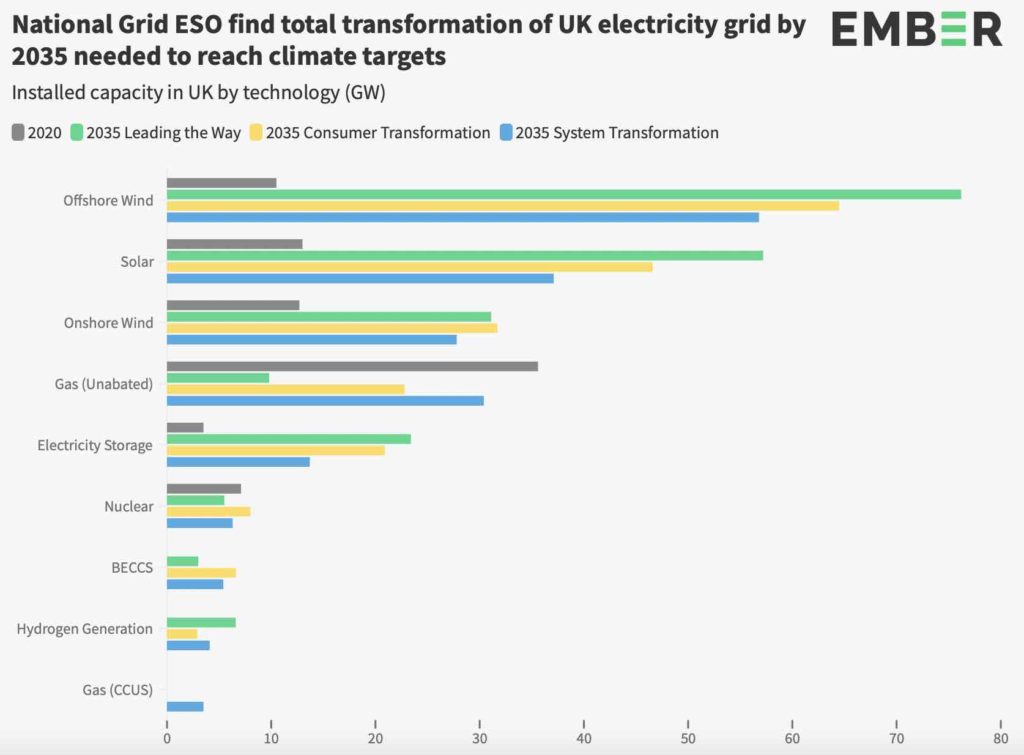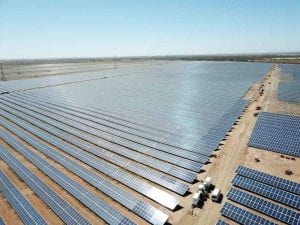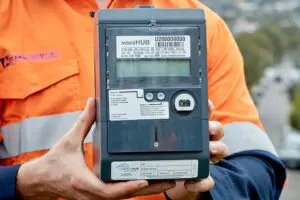Australia’s Coalition government may be determined to make a “gas-led recovery” the basis of its post Covid economic growth strategy, but most other major economies are looking the other way.
For the UK, which has already all but eliminated coal, it means that gas generation is the next to go.
“The way to strengthen Britain’s energy security, ensure greater energy independence and protect household energy budgets in the long-term is through clean power that is generated in this country for the people of this country,” UK’s business and energy secretary Kwasi Kwarteng said in a statement last week.
It is important to note that this statement came in a week where electricity prices hit record highs because of the soaring cost of gas. Rather than seeking more gas, however, the strategy is firmly set on phasing it out, to make the country less dependent on major commodity price swings.

The move is backed by scenarios from three expert groups which show the country can and should achieve zero emissions electricity by 2035.
The UK’s Climate Change Committee, National Grid and Energy Systems Catapult have all demonstrated fossil free power can reach 99 per cent by 2035, or even earlier, according to a briefing by think tank Ember.
“Rapidly moving away from gas can cut energy bills,” Ember’s chief operating officer Phil MacDonald said in the report, adding that the UK needed to “making the switch from expensive imported gas to cheap homegrown wind and solar.”
The three scenarios indicate levels of renewable energy could reach between 60 to 90 per cent of UK grid electricity by 2030.

“Irrespective of the pathway chosen, there is a broad consensus that signalling an end to unabated gas power delivers benefits beyond simply meeting emissions targets,” the report says.
“It provides opportunities to promote energy self-sufficiency, low-cost electricity, and champion British businesses involved in delivering clean energy.”
In 2020, renewable energy and nuclear power made up a combined 59 per cent of UK power, compared to 27 per cent renewable generation in Australia.
The goal of zero emissions power by 2035 fits with the timing outlined in the International Energy Agency’s net zero emissions report. The IEA found power generation in advanced economies would need to fall to net zero in 2035, and globally by 2040.
Major economic powers are moving towards zero emissions electricity by 2035. In April, President Biden reiterated the United States’ commitment to a carbon pollution-free power sector by 2035. The European Union’s ‘Fit for 55’ package indicates the bloc would reach close to zero carbon electricity in the mid 2030s.
The head of the Australian Energy Market Operator, Daniel Westerman said earlier this year he wants Australia’s power grid to be capable of handling periods of 100 per cent renewable energy by 2025.
AEMO’s next version of the Integrated System Plan will include a scenario that conforms with the 1.5°C goal, which will also provide a blueprint of how to get to zero emissions by around 2035.
Australia no longer national renewable energy target or any national policy to move beyond fossil fuels, most states and territories have targets to increase renewable power.
Some, such as South Australia, the ACT and Tasmania have already achieved or are aiming for renewable energy levels of 100 per cent or greater. NSW says it is aiming to replace most of its coal generators by around 2030, and could replace all of them if need be.
AEMO’s equivalent in the UK, National Grid ESO, has done the most detailed work on pathways to the UK’s emissions target, and reaching net zero emissions in the grid by 2035.

In its most Future Energy Scenarios, released in July 2021, all of National Grid’s scenarios which meet UK climate targets require less than 1% unabated fossil fuels by 2035. Additionally, Grid sees renewables accounting for 86-90% of power generation by that date, of which at least 80% is from wind and solar.
Offshore wind will be the major driver of this increase, growing from 10.5 GW in 2020 to between 56.8 and 76.2, with the UK becoming a significant net exporter of electricity in all scenarios, reaching 65-111 TWh in 2035, equivalent to 15-20% of domestic generation.
The Ember report notes that multiple independent models agree that phasing out unabated gas-fired electricity generation by 2035 is essential to meet the UK’s legislated carbon targets, and carries few risks if government decisions are made swiftly for a smooth transition.
“All the models agree that renewables will be at the core of this transition, especially offshore wind and solar, and so the Government’s focus must be on ensuring rapid deployment in those sectors,” it says.
“A step change in capacity for energy storage is also essential in all scenarios, as is a growing hydrogen sector. In all models we assess here, unabated gas power has been reduced to just a few percent of total annual generation by the end of this decade.
“The models disagree on the size of the role for gas CCS and nuclear, but suggest that they will likely play a role in stabilising the 2035 grid, albeit a small one. “










